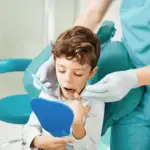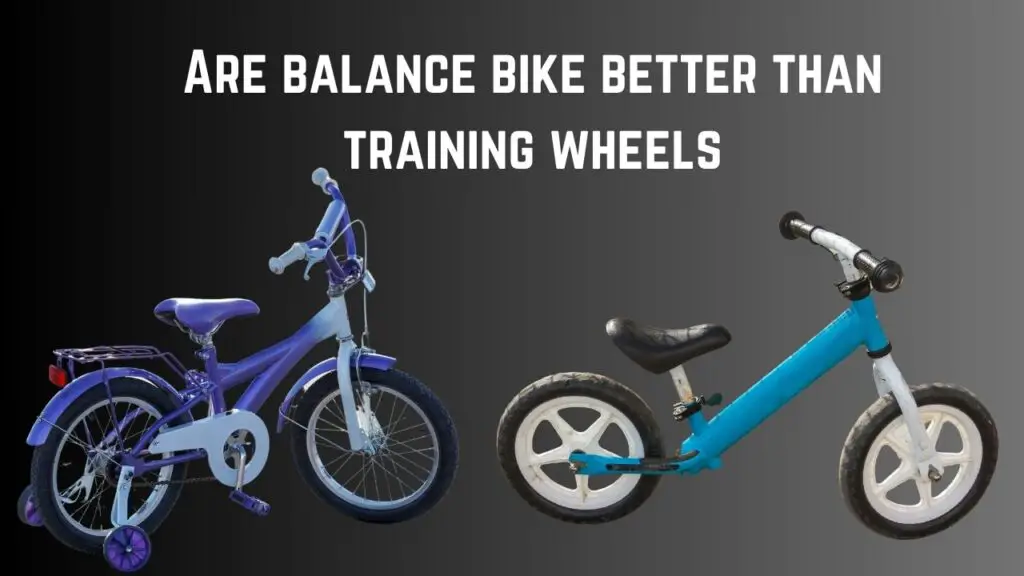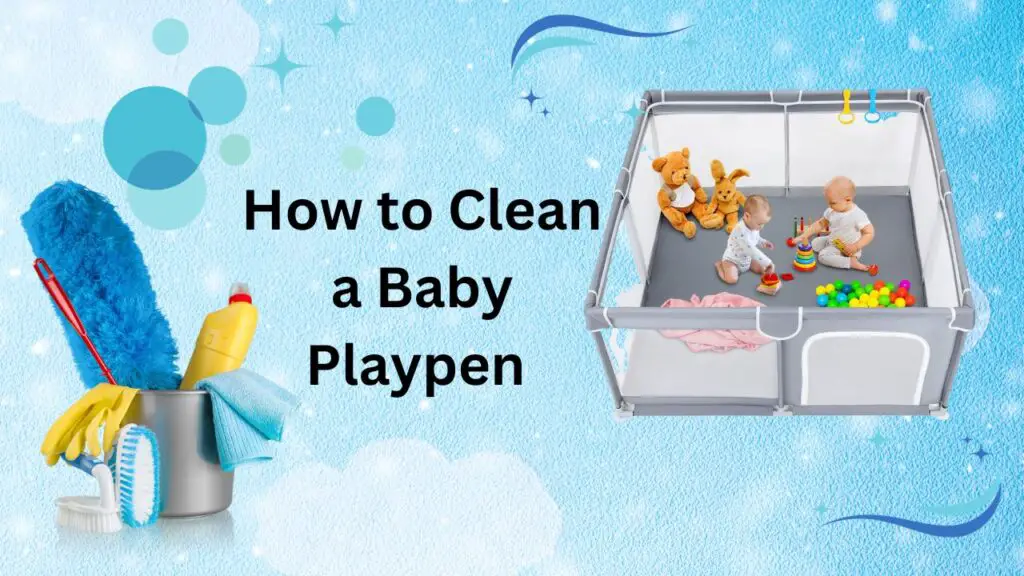Losing baby teeth is a rite of passage for children, marking their transition from childhood to adolescence. The first stage is “When do kids start Teething” and comes to an end with “When do kids start losing Teeth”. The process of losing baby teeth, also known as primary teeth, and getting permanent teeth, also known as secondary teeth, can take several years to complete. Understanding when children lose their baby teeth, as well as the different stages of this process, can help parents better prepare for and support their child during this time.

Timeline for Losing Baby Teeth
The process of losing baby teeth typically begins around the age of 6, with the lower front teeth (central incisors) being the first to go. These are followed by the upper front teeth (central incisors), which are usually lost around the age of 7. Children will then begin losing their lateral incisors, canines, and first molars, in that order. The process of losing baby teeth usually ends around the age of 12, with the loss of the second molars. However, it can vary from child to child, and it is not uncommon for some children to lose their baby teeth as early as age 4 or as late as age 13.

Symptoms and Solutions for Teething Pain and Discomfort During the Process of Losing Baby Teeth
The process of losing baby teeth and getting permanent teeth is not always smooth. Some children may experience pain or discomfort during this time, especially when their permanent teeth are pushing through the gums. This is known as teething. Symptoms of teething include swollen gums, drooling, irritability, and difficulty sleeping. Parents can help alleviate these symptoms by giving their children a chilled teething ring, rubbing their gums with a clean finger, or giving them a small amount of their children’s ibuprofen or acetaminophen.
In addition to discomfort, children may also experience difficulty speaking or eating while they are losing baby teeth and getting permanent teeth. This is because the new teeth may not fit comfortably in the mouth, causing the child to lisp or struggle to bite and chew food. This is normal and should resolve itself as the child’s mouth adjusts to the new teeth.
Spacing of Teeth and Orthodontic Consultation During the Process of Losing Baby Teeth.
Another common concern among parents is the spacing of their child’s teeth. As baby teeth fall out, there may be a gap between the new permanent teeth. This is normal and usually not a cause for concern, as the permanent teeth will eventually fill in the gap. However, if the spacing is severe, or if the child has difficulty biting or chewing, an orthodontist may be consulted.
It’s also worth noting that sometimes baby teeth don’t fall out as they should, and a dentist or oral surgeon may need to remove them. A missing tooth occurs when a permanent tooth that should have replaced a lost baby tooth does not erupt. Visits to a dentist or orthodontist, who will advise on the best course of action, can also resolve these issues.

Emotional Changes and Parental Support During the Process of Losing Baby Teeth.
In addition to the physical changes that occur during the process of losing baby teeth, there are also emotional changes that children may experience. Losing baby teeth can be a scary and confusing time for children, especially if they don’t understand what’s happening. Parents can help ease their child’s fears by explaining the process in simple terms and reassuring them that losing baby teeth is a normal part of growing up.
Conclusion:
The process of losing baby teeth and getting permanent teeth can take several years and can cause discomfort, difficulty speaking, and difficulty eating. However, it is a normal part of growing up, and parents can help alleviate symptoms and ease their child’s fears by talking to them, giving them something to chew on, and using pain relievers as prescribed. If parents notice any unusual spacing, missing teeth, or difficulty, it’s important to visit a dentist or orthodontist for an evaluation.



Your point of view caught my eye and was very interesting. Thanks. I have a question for you.